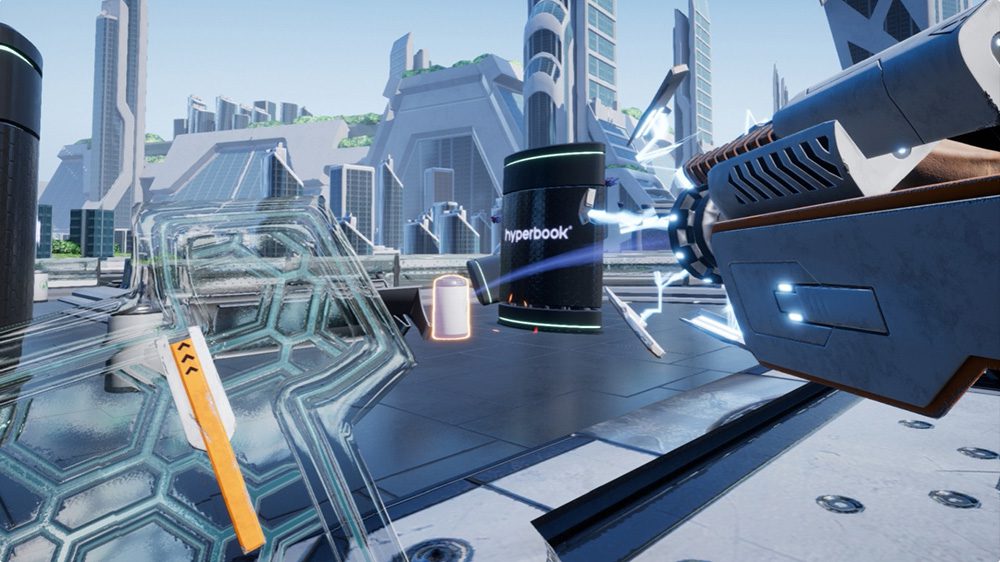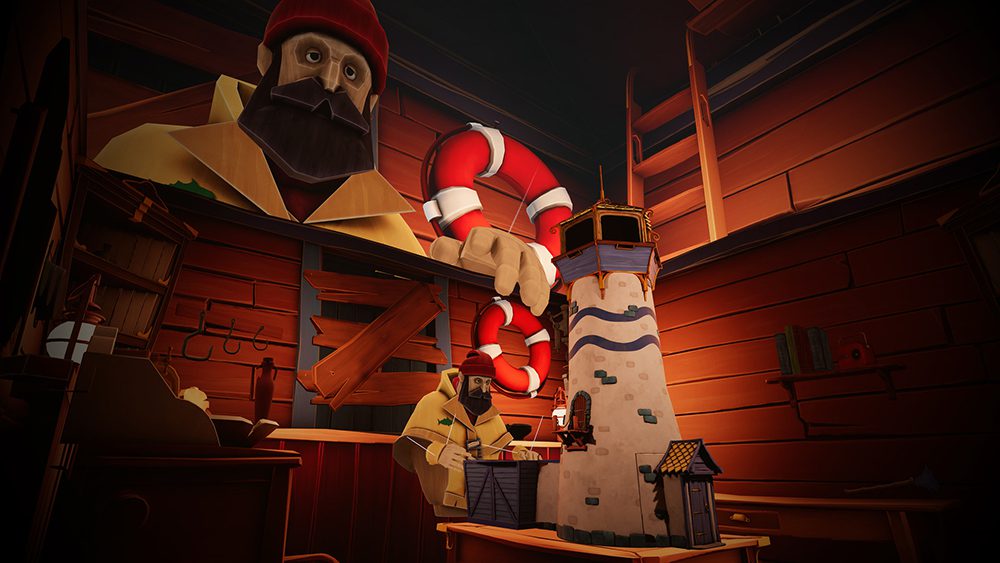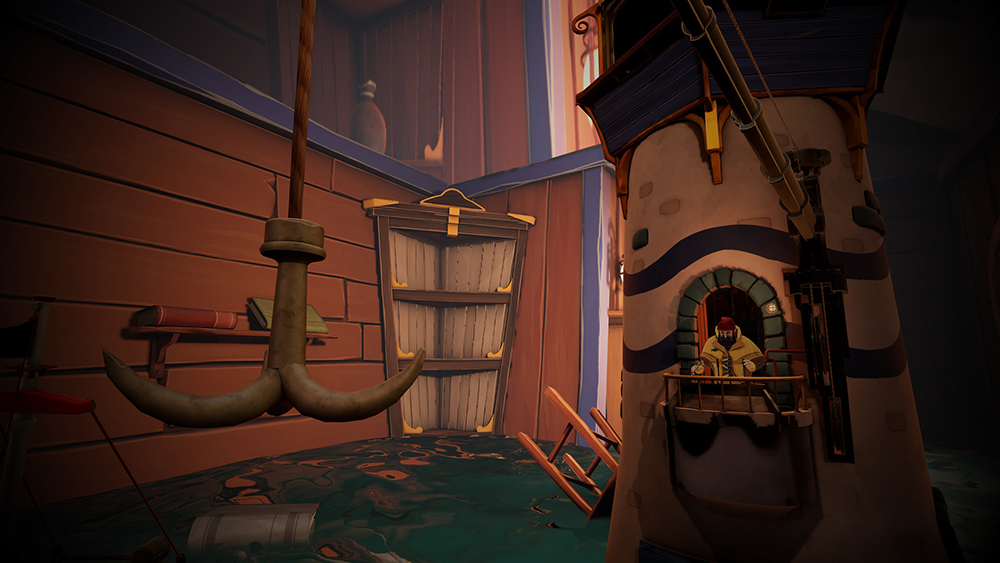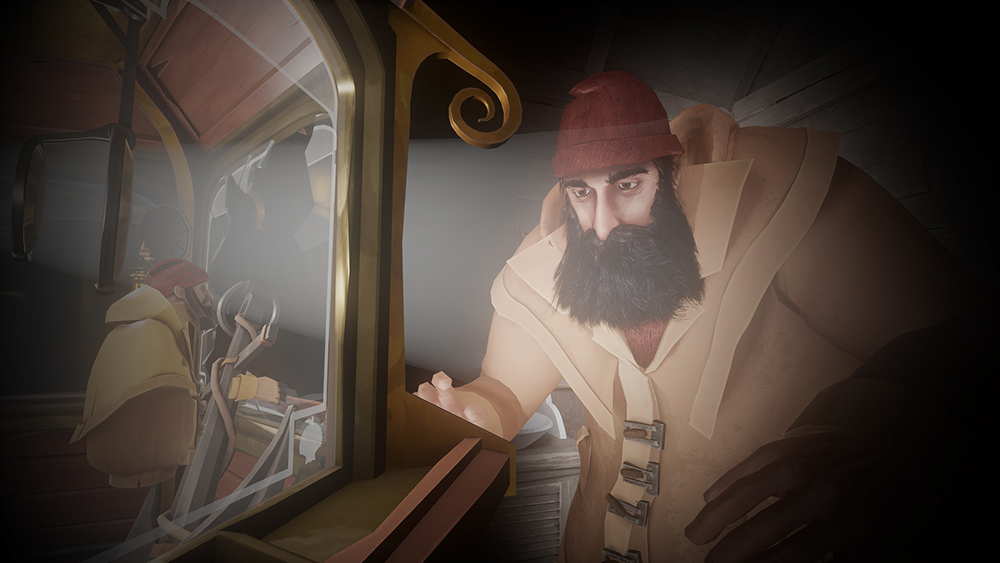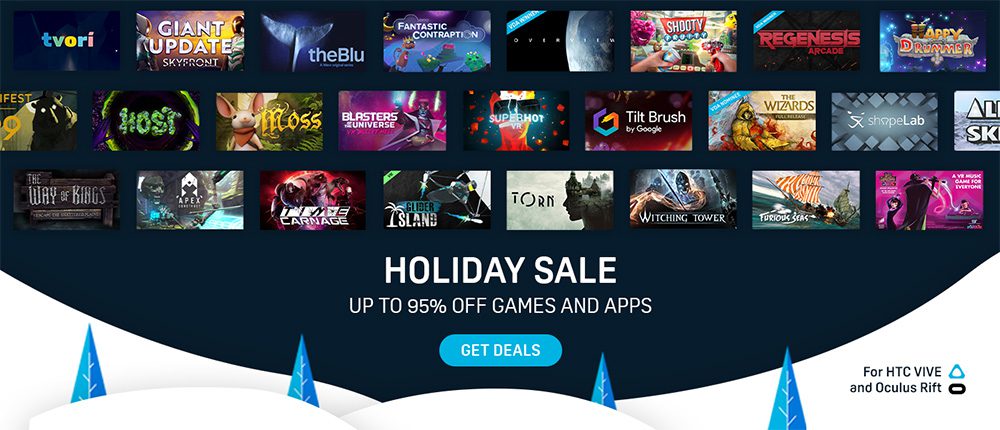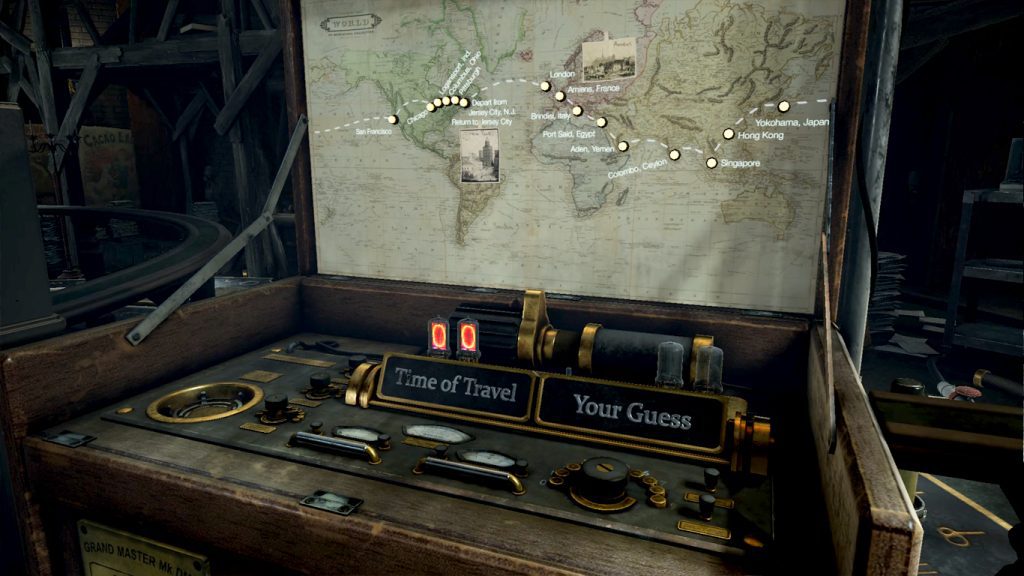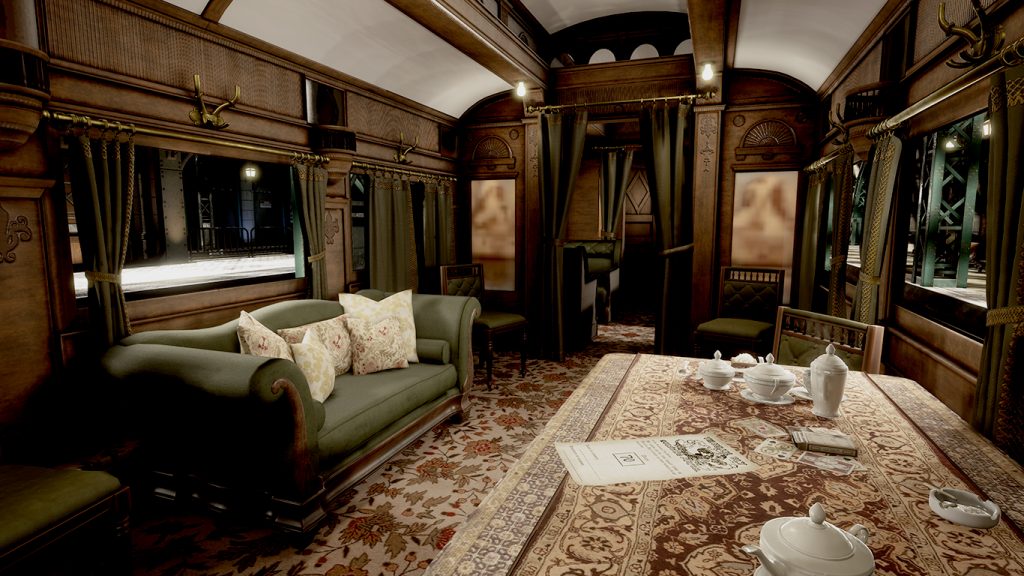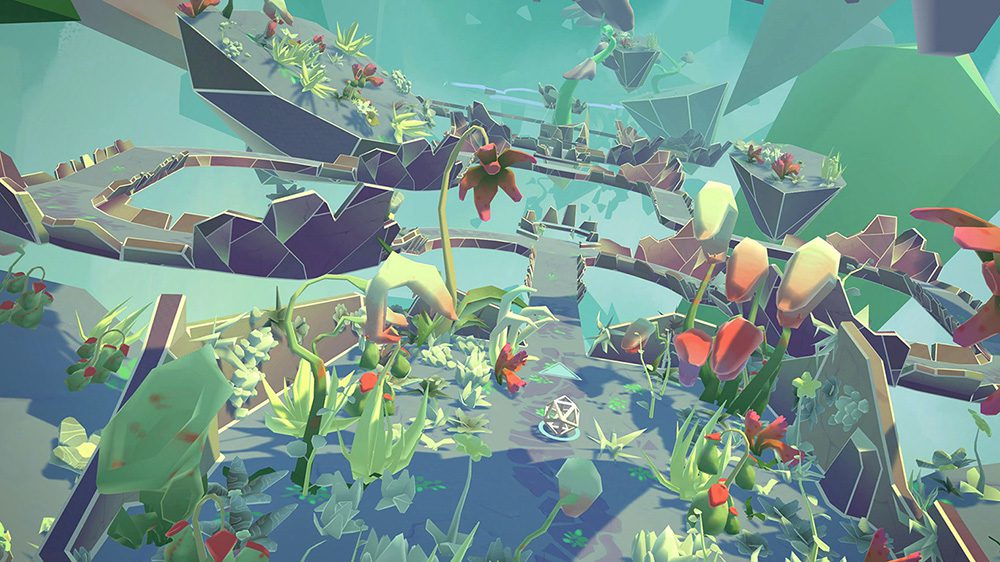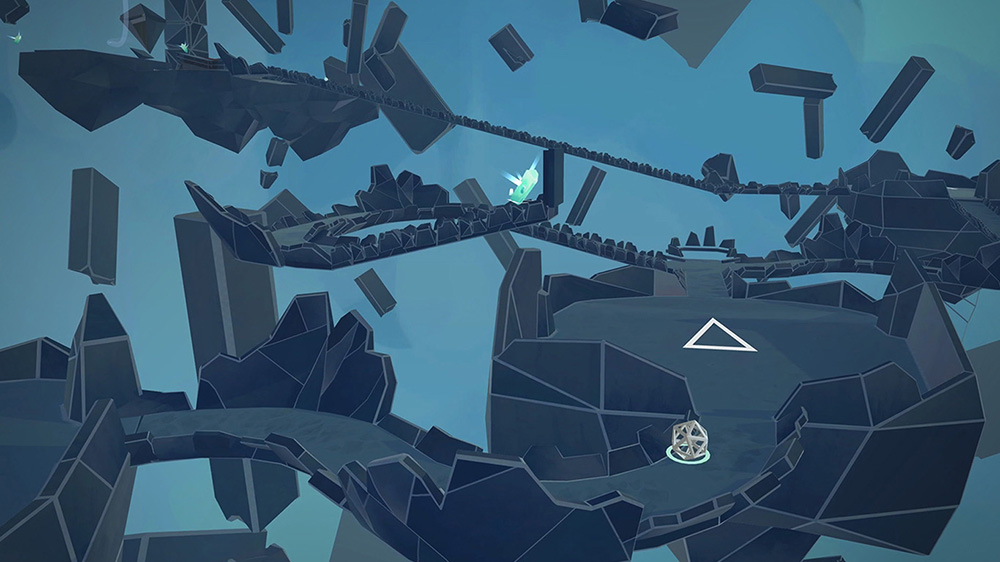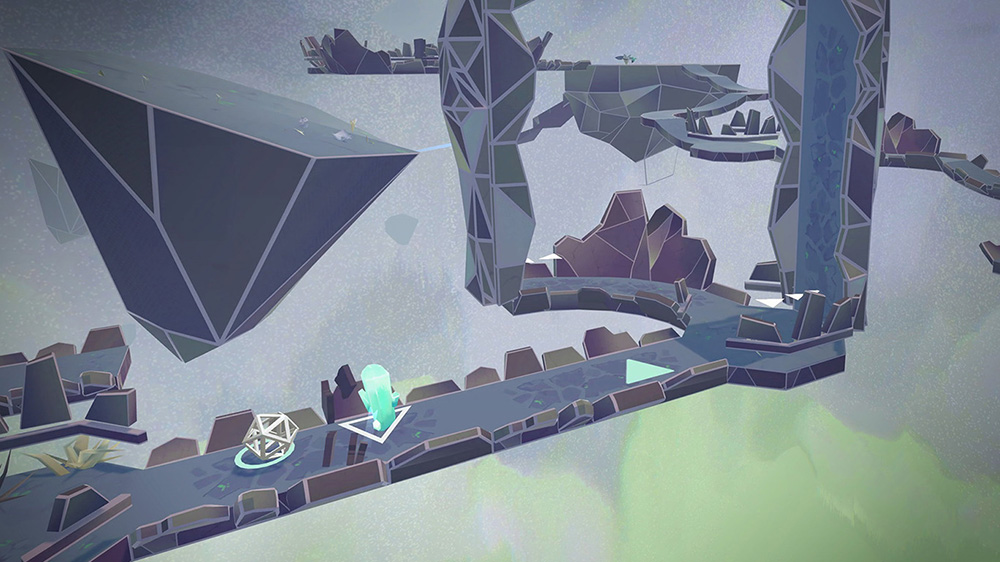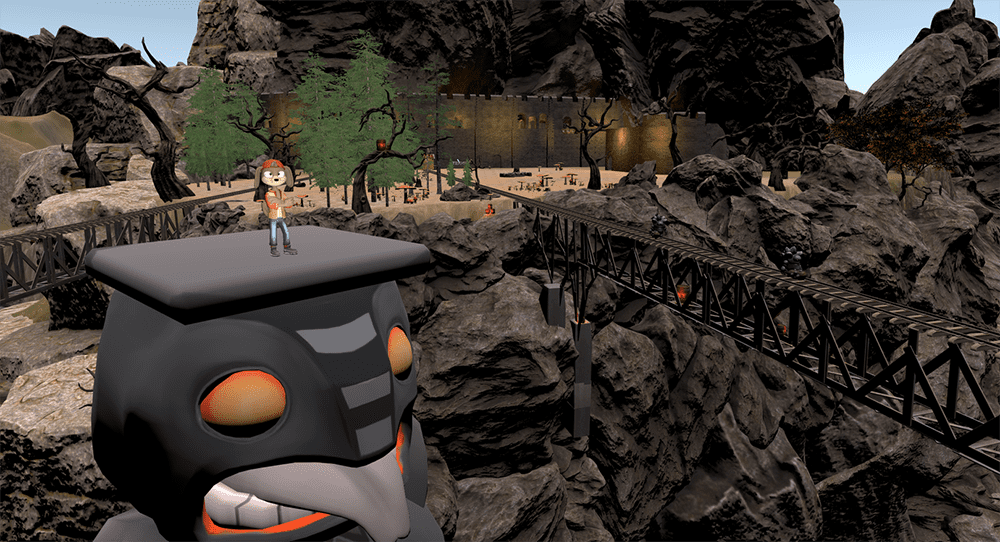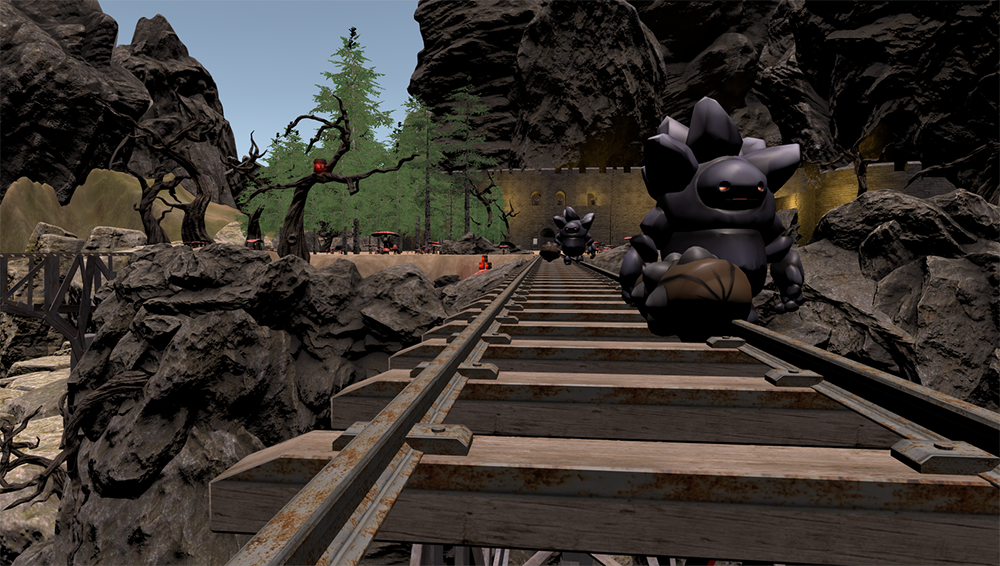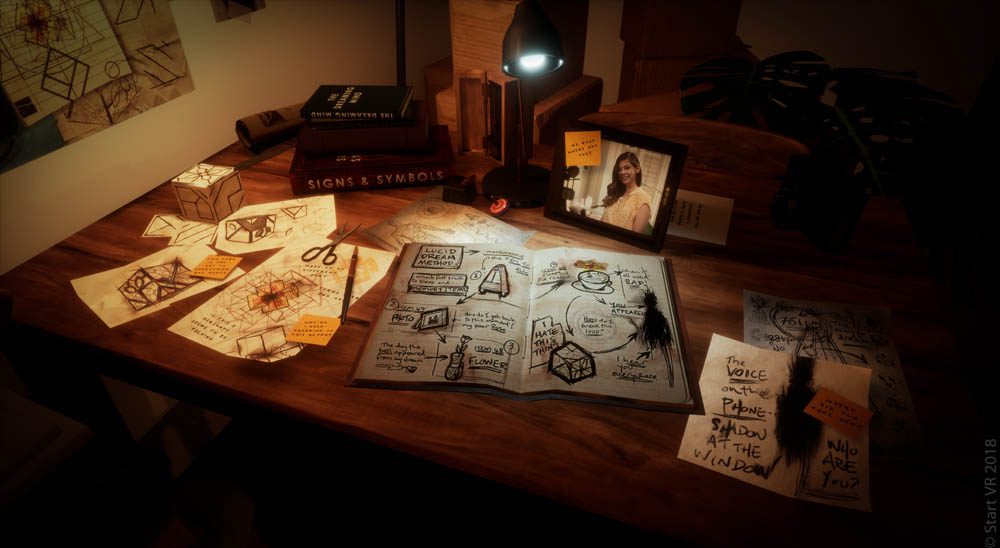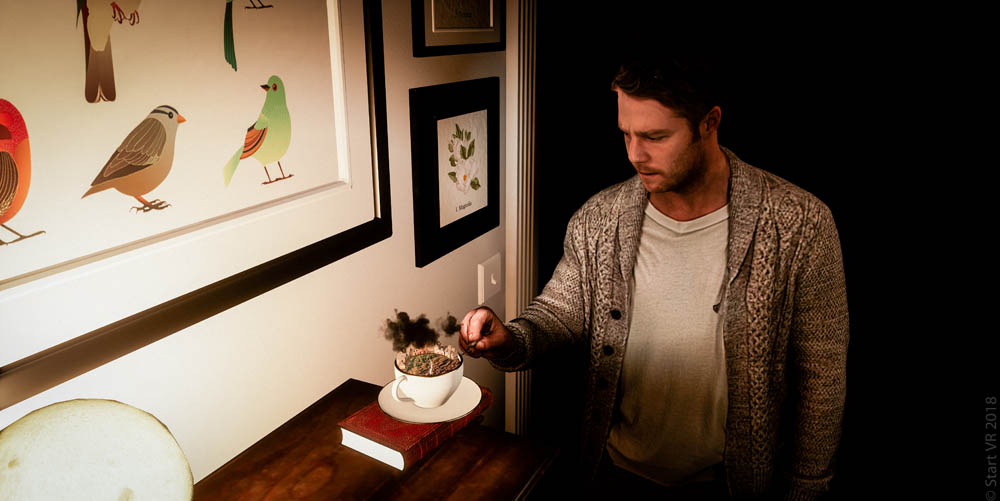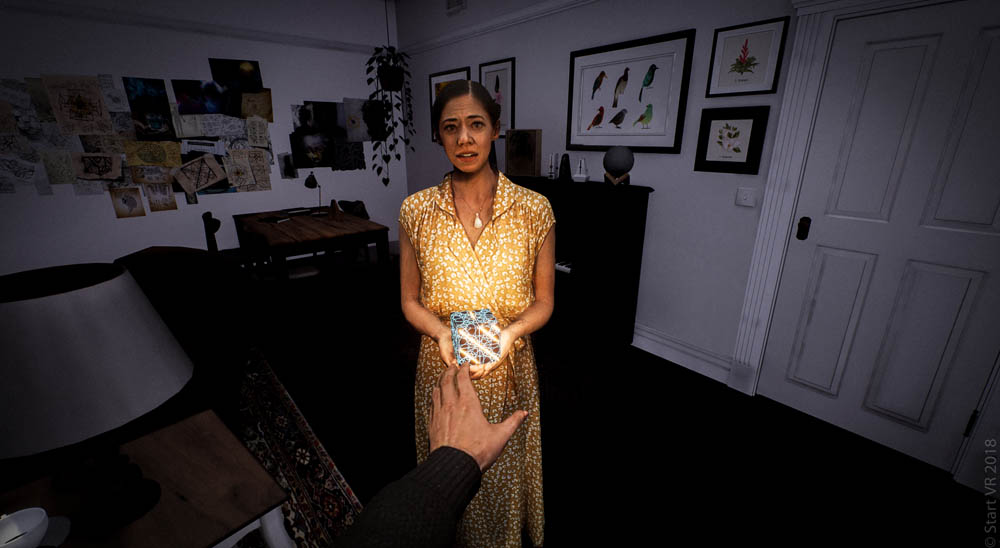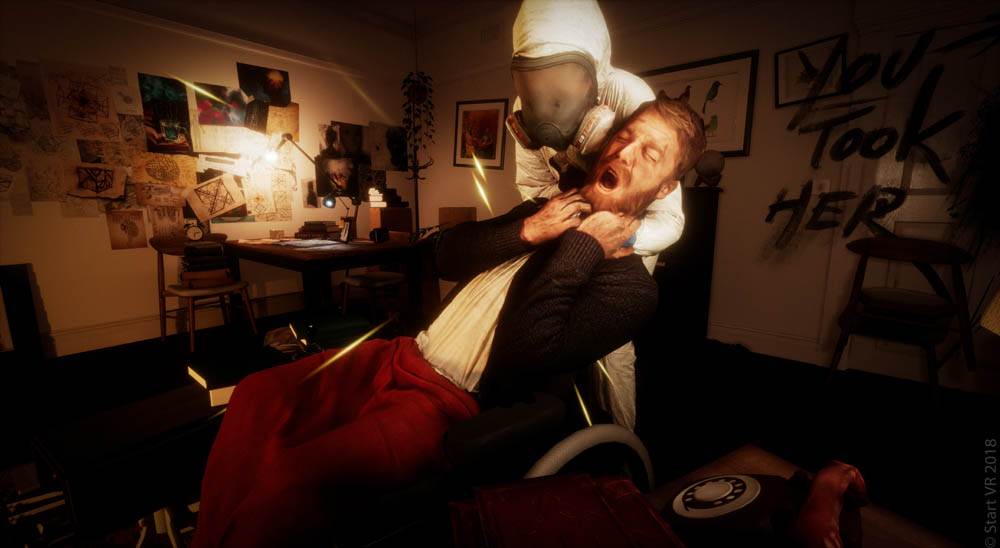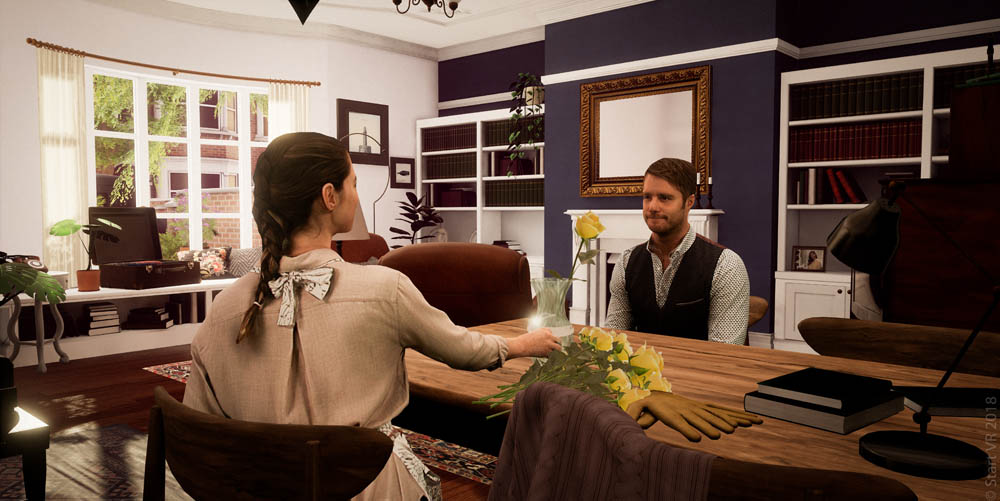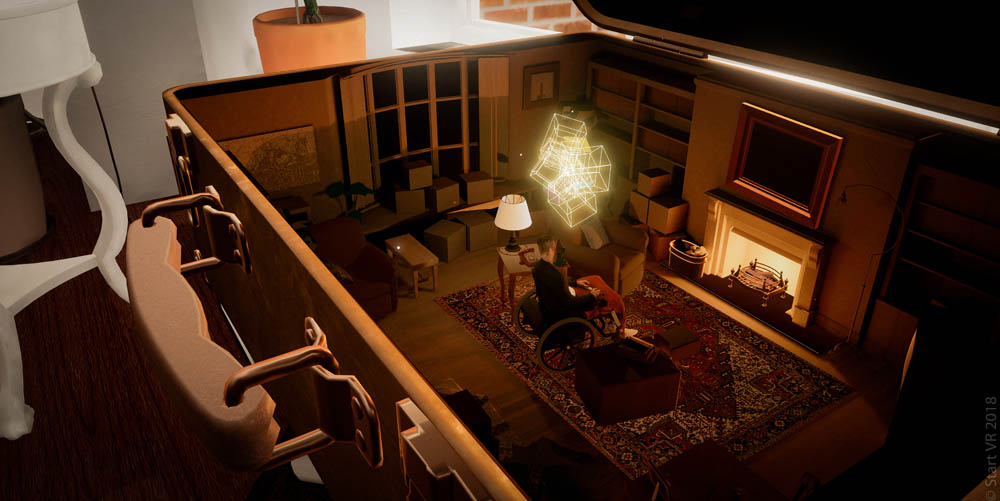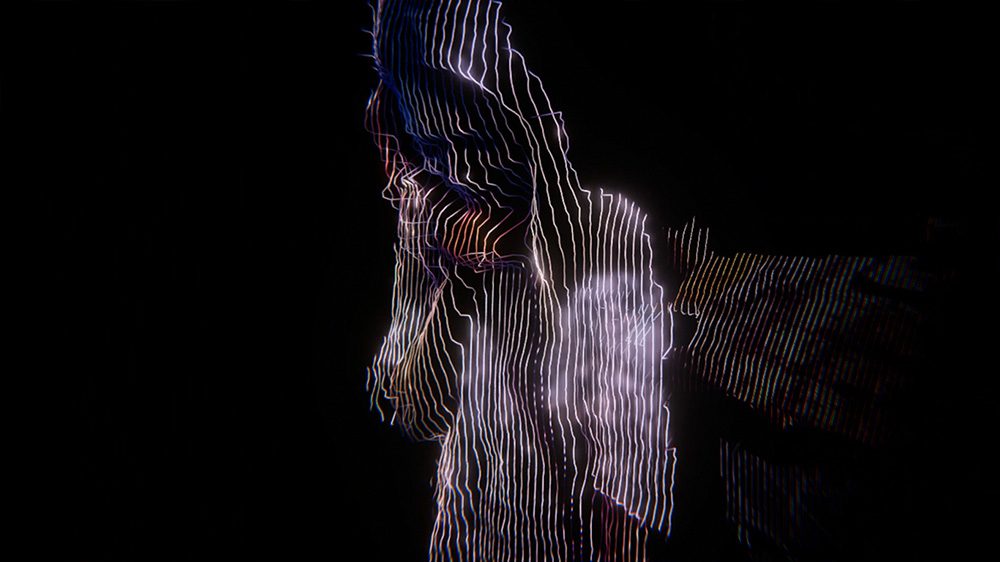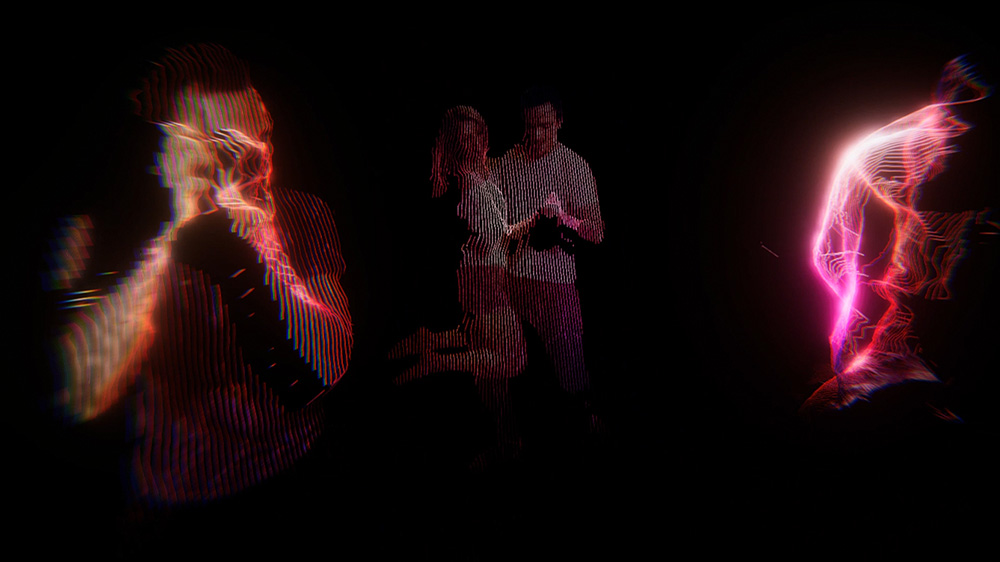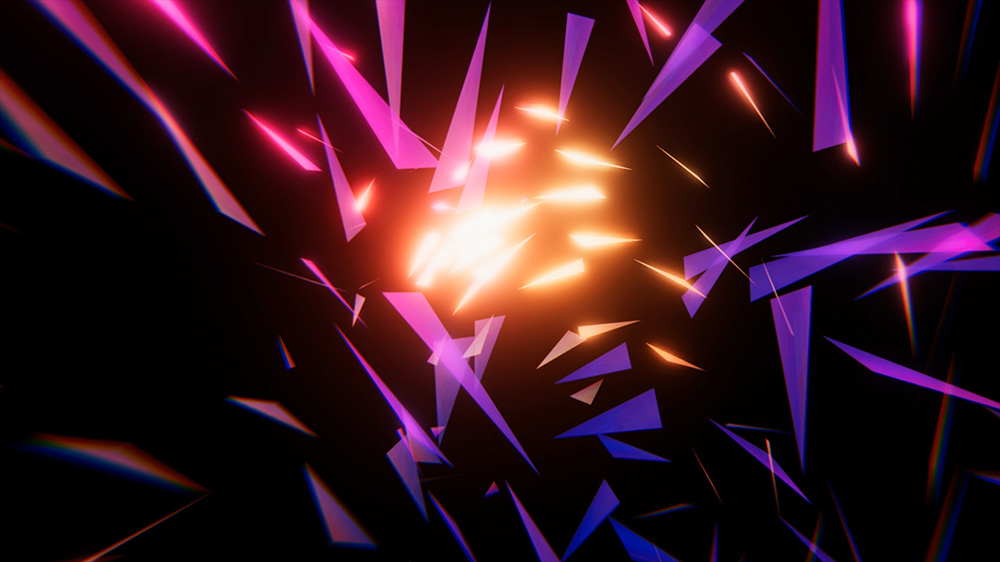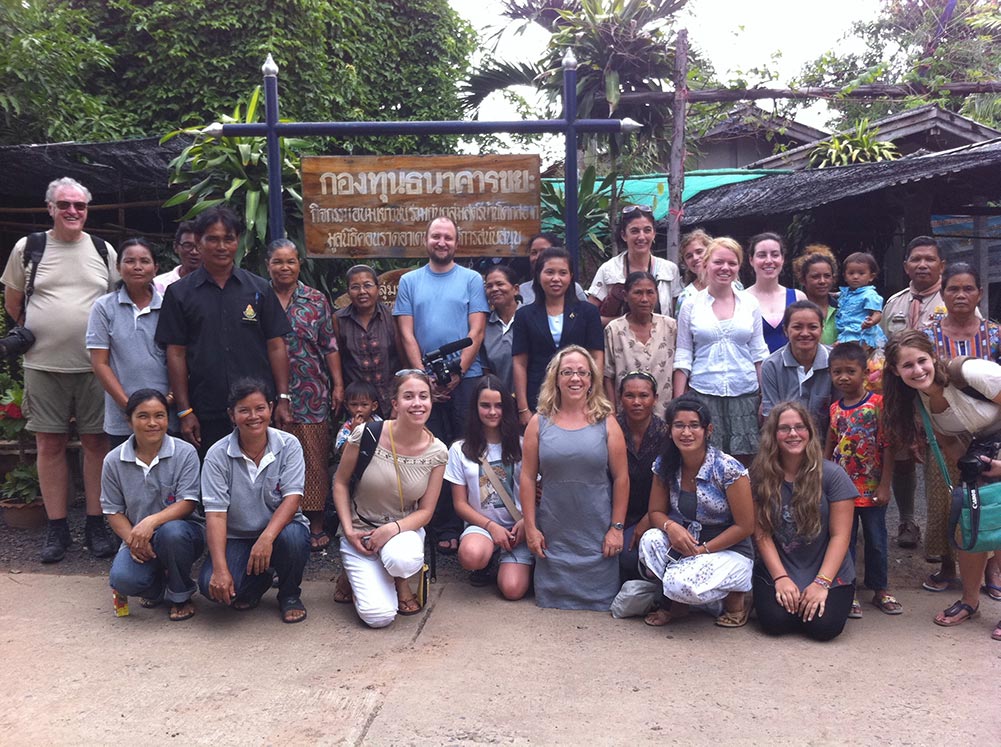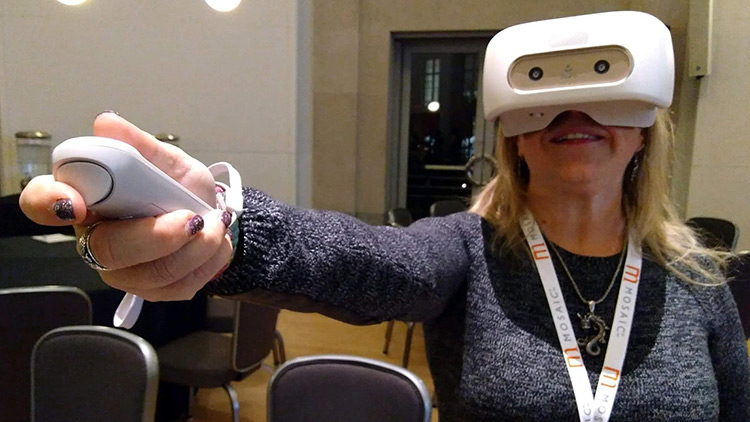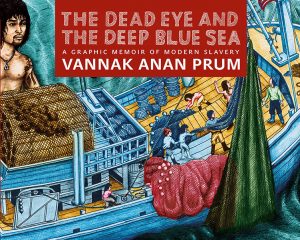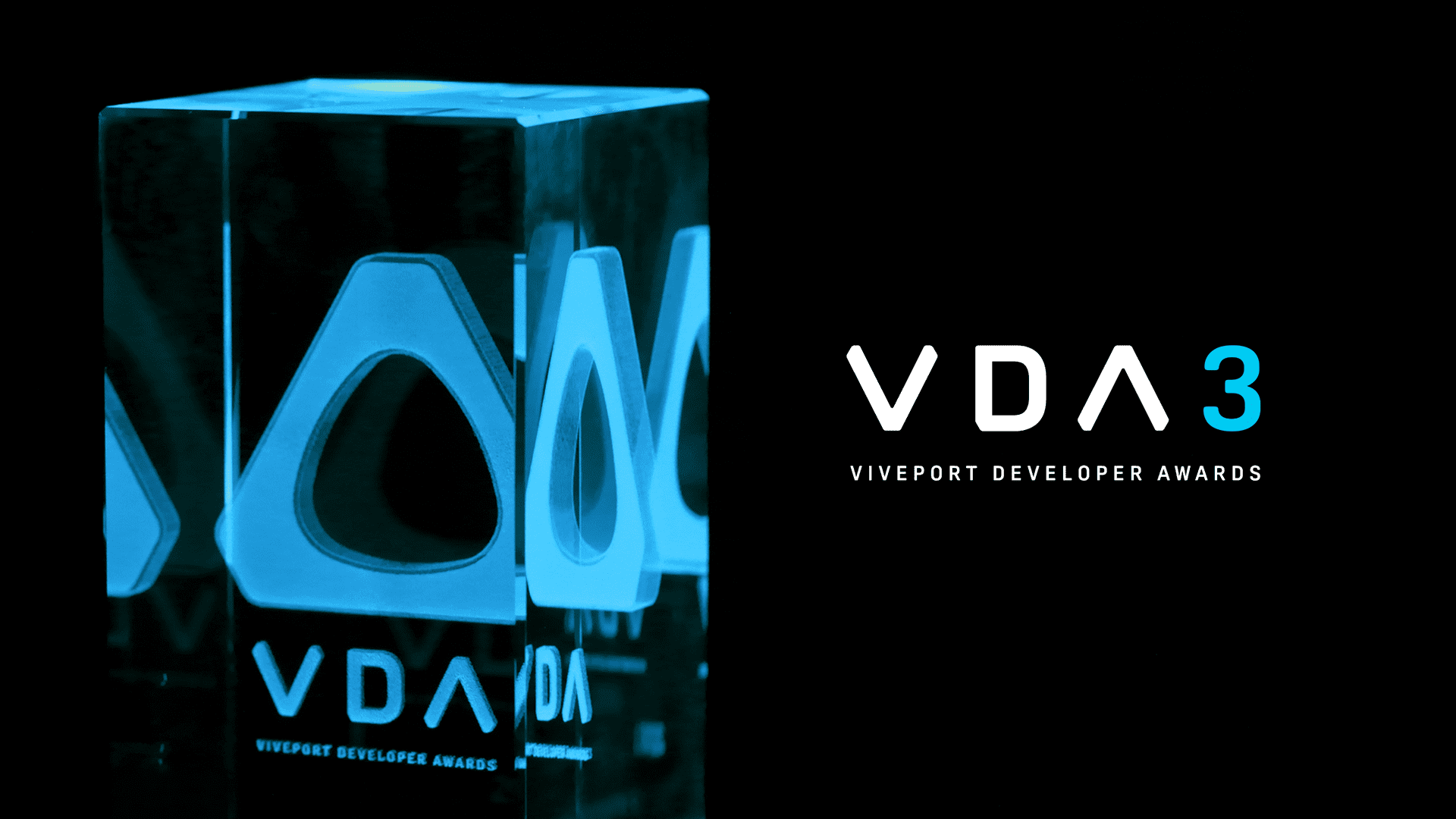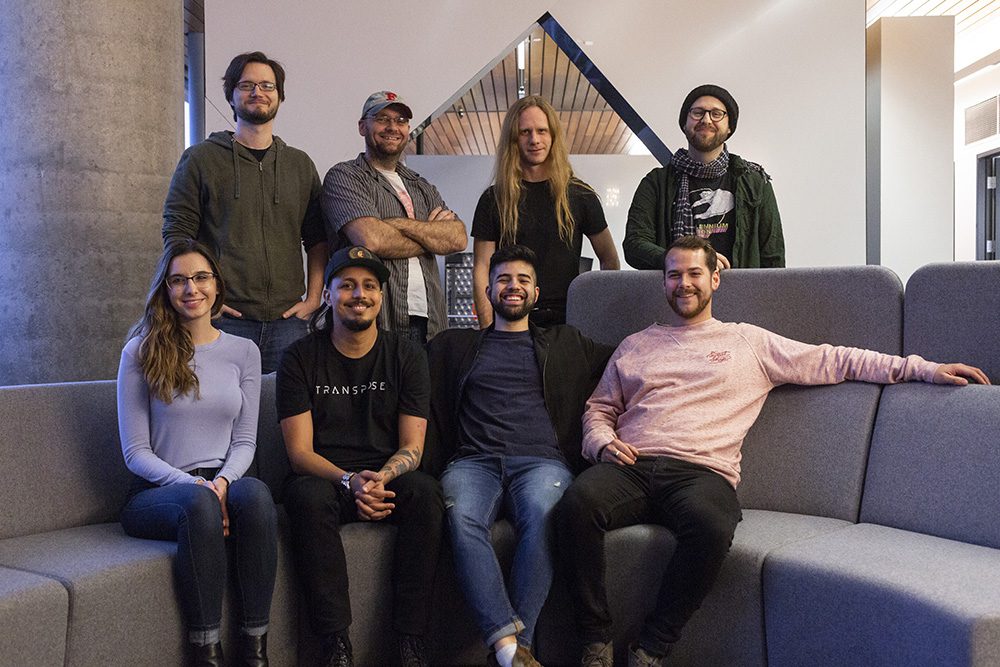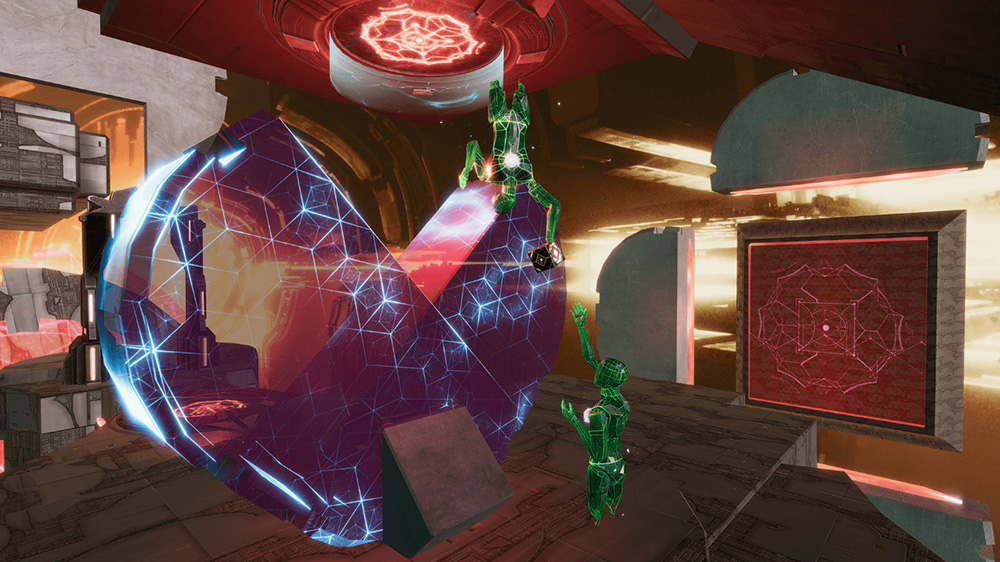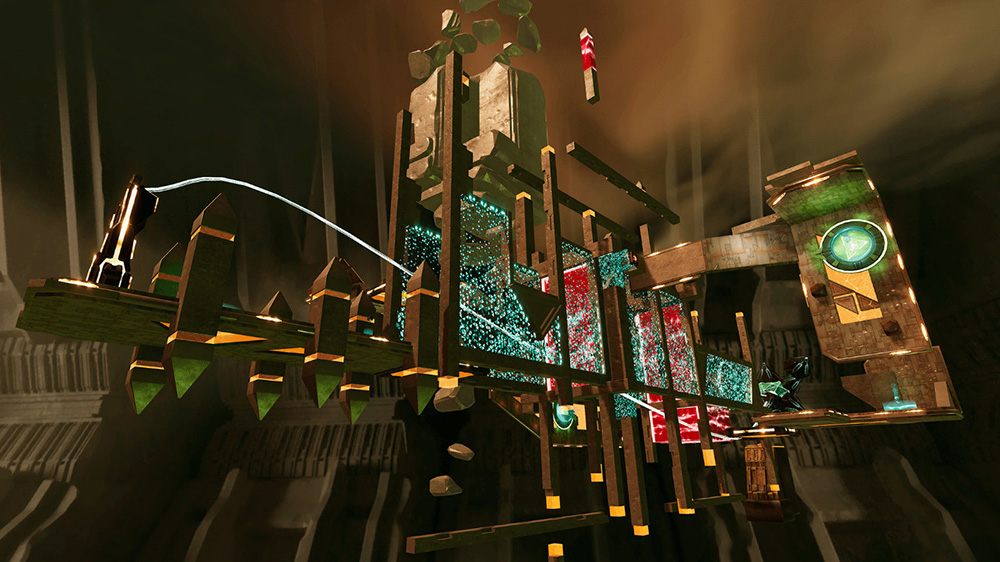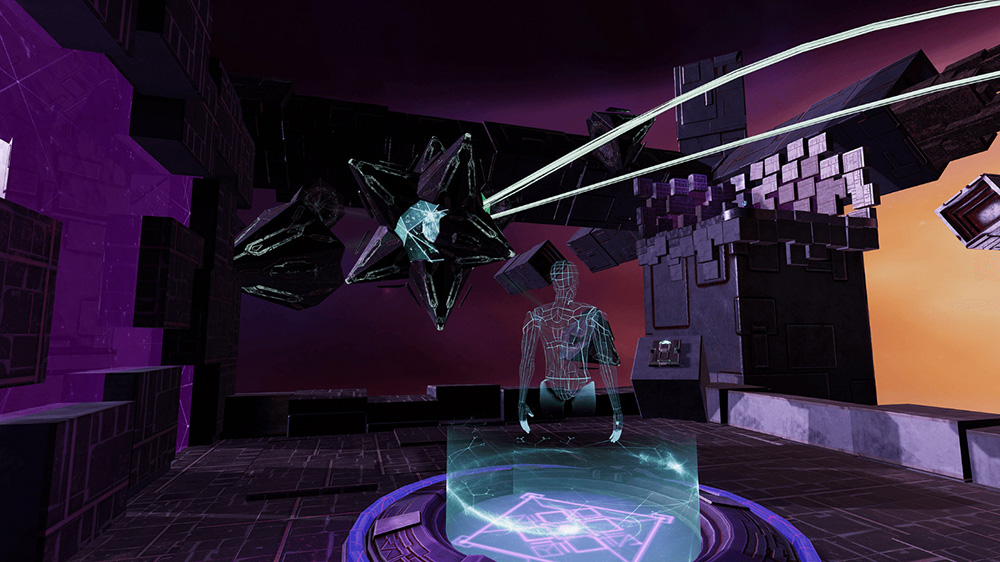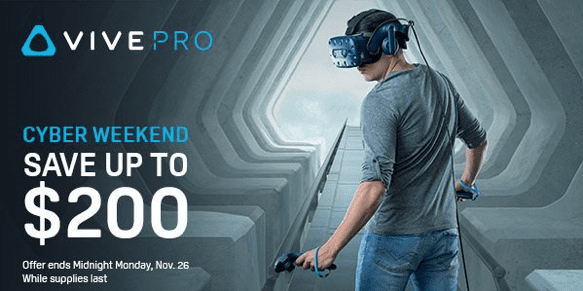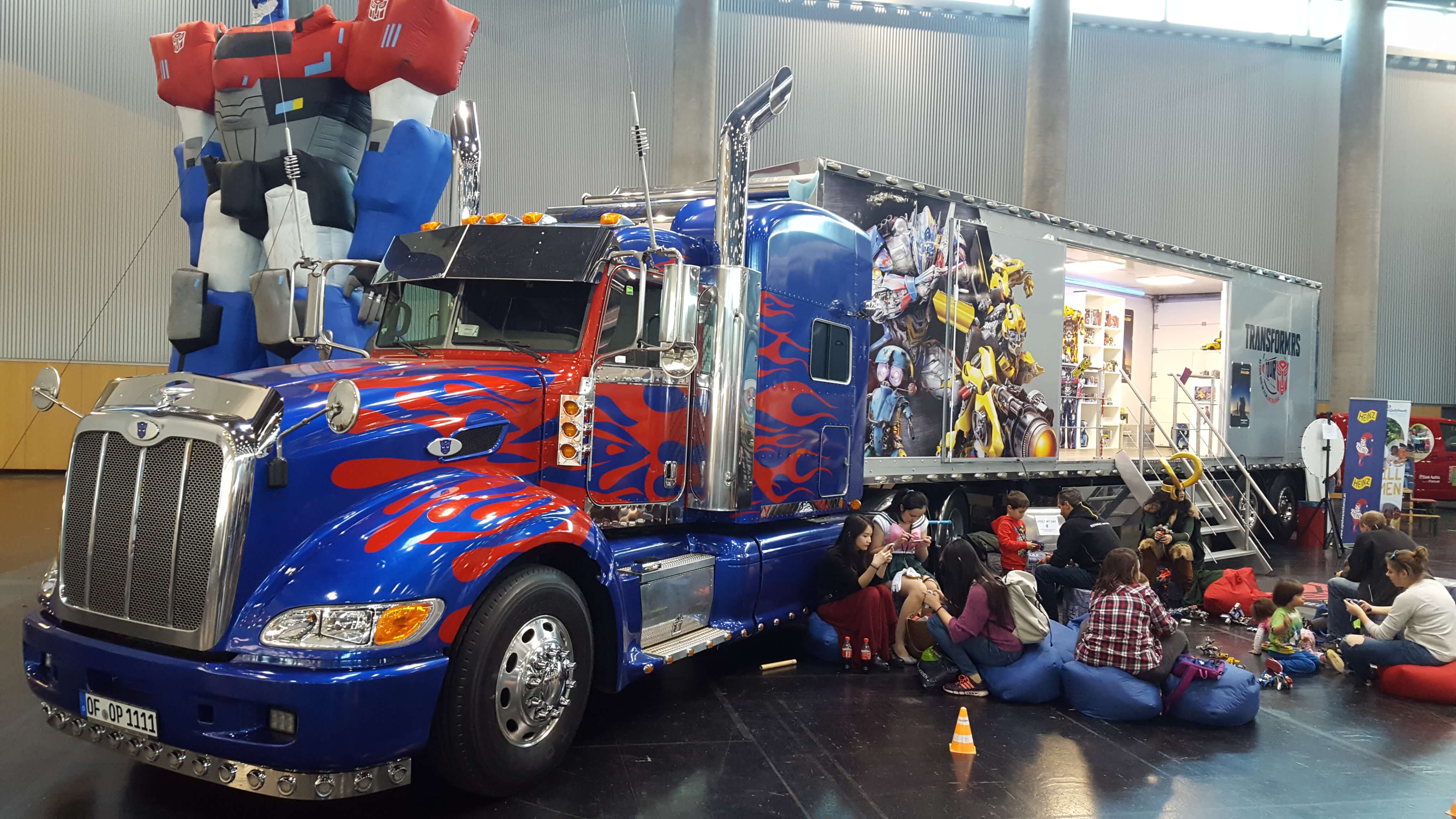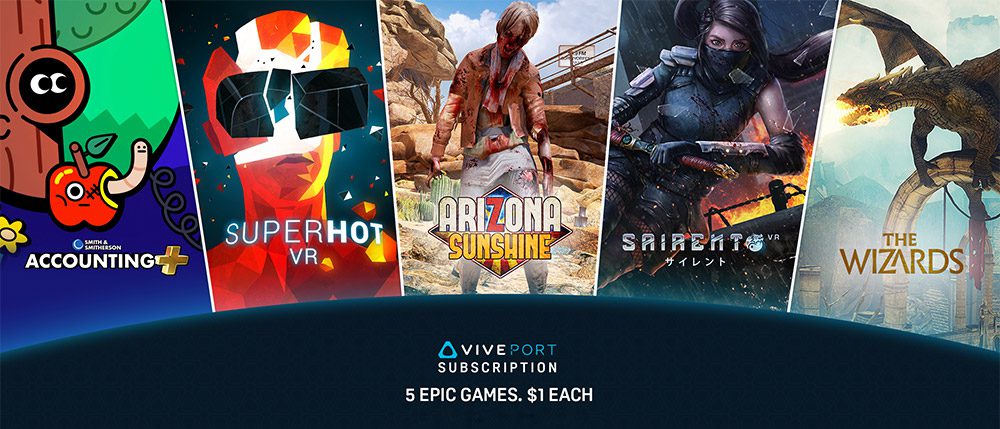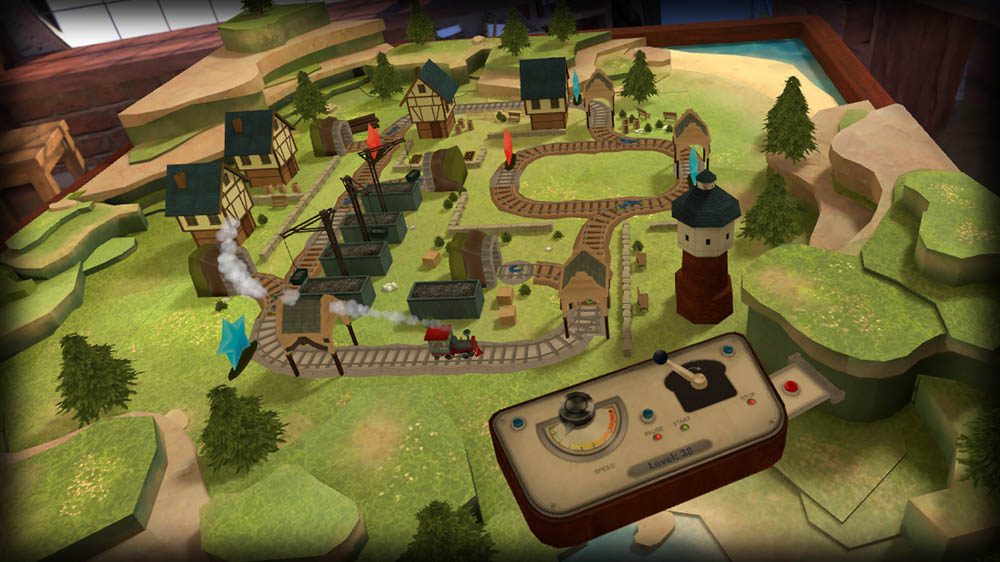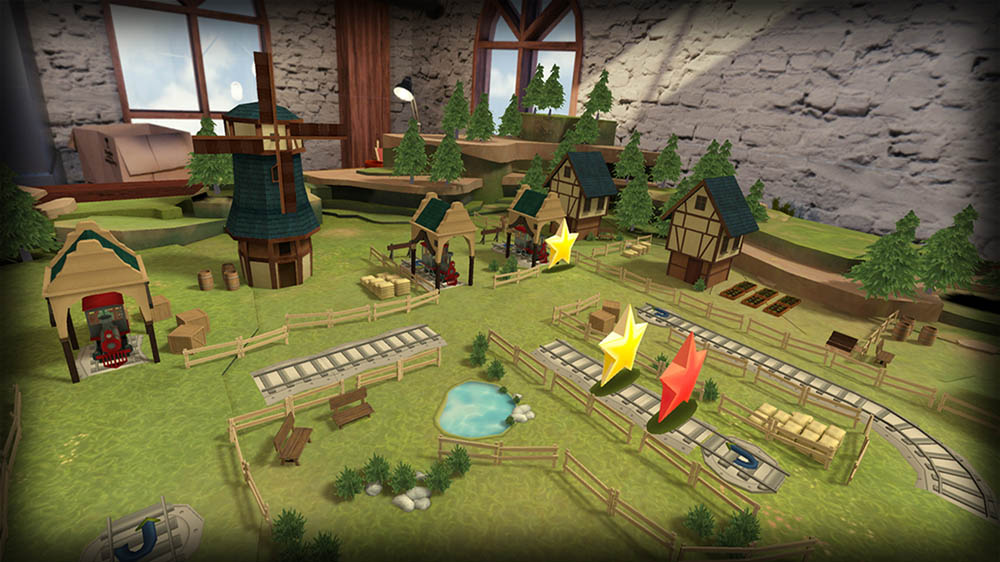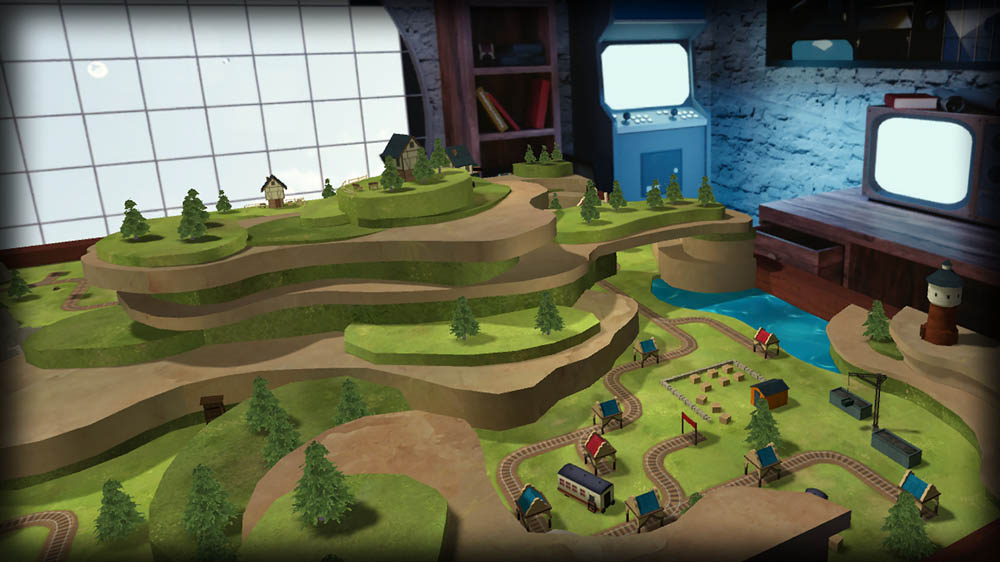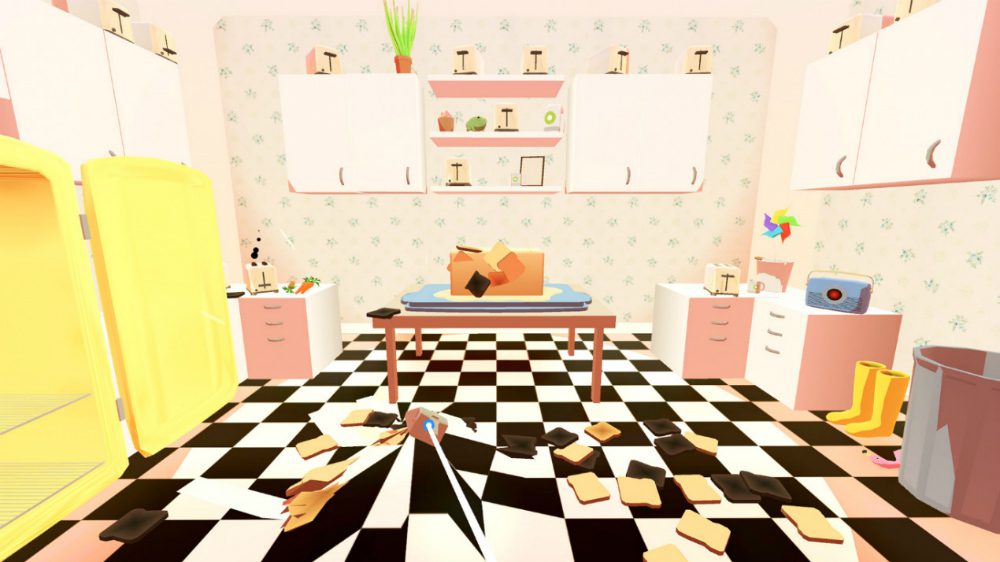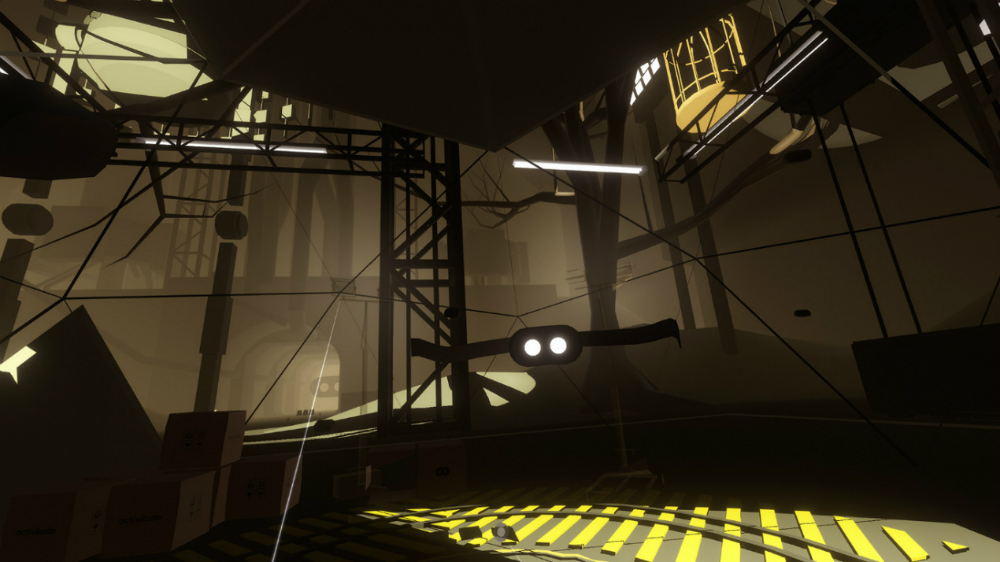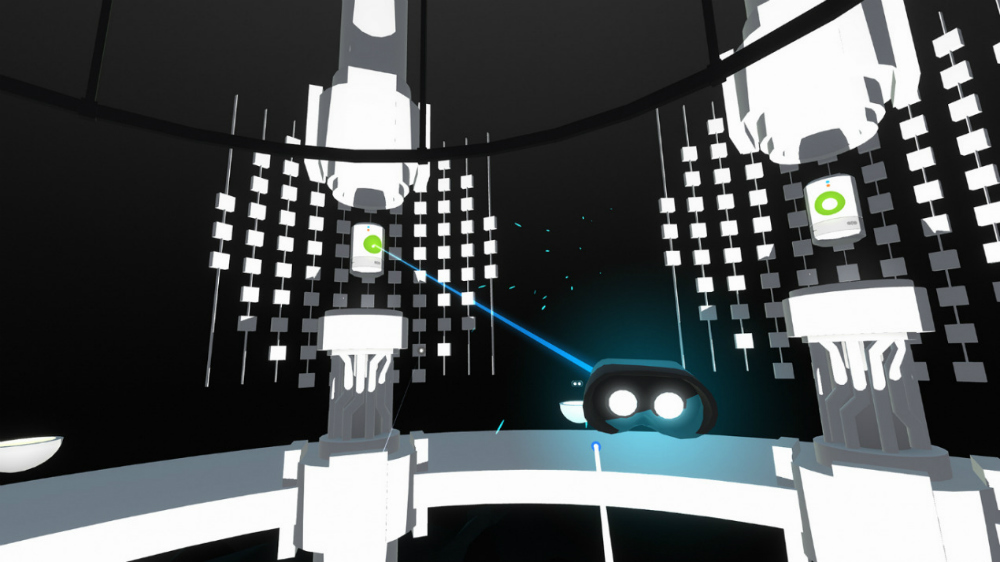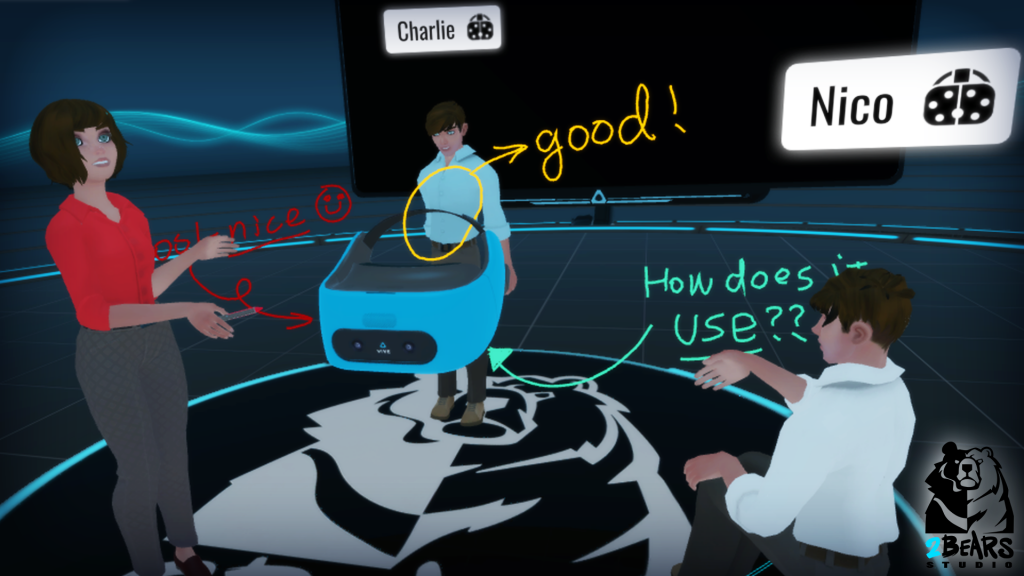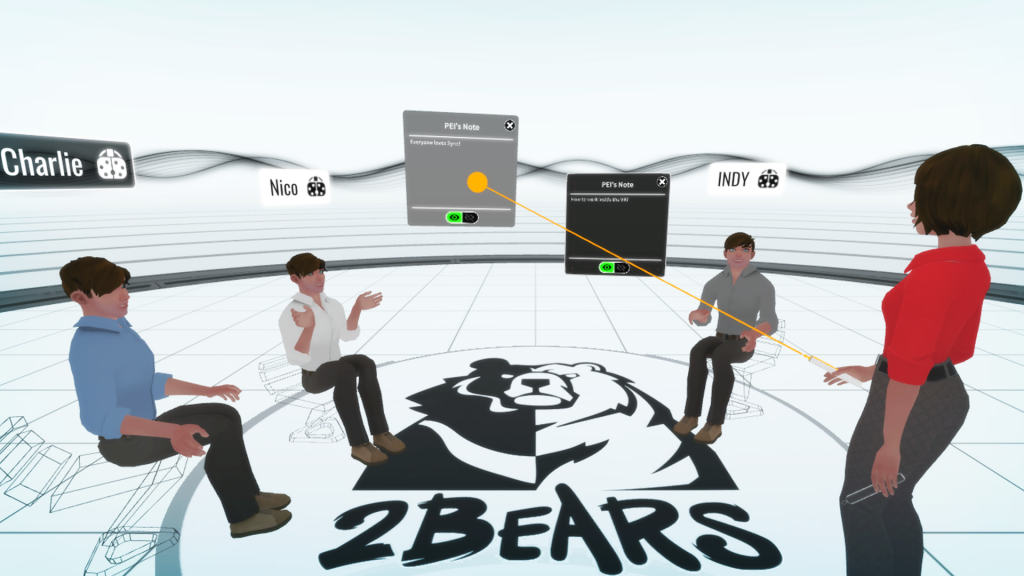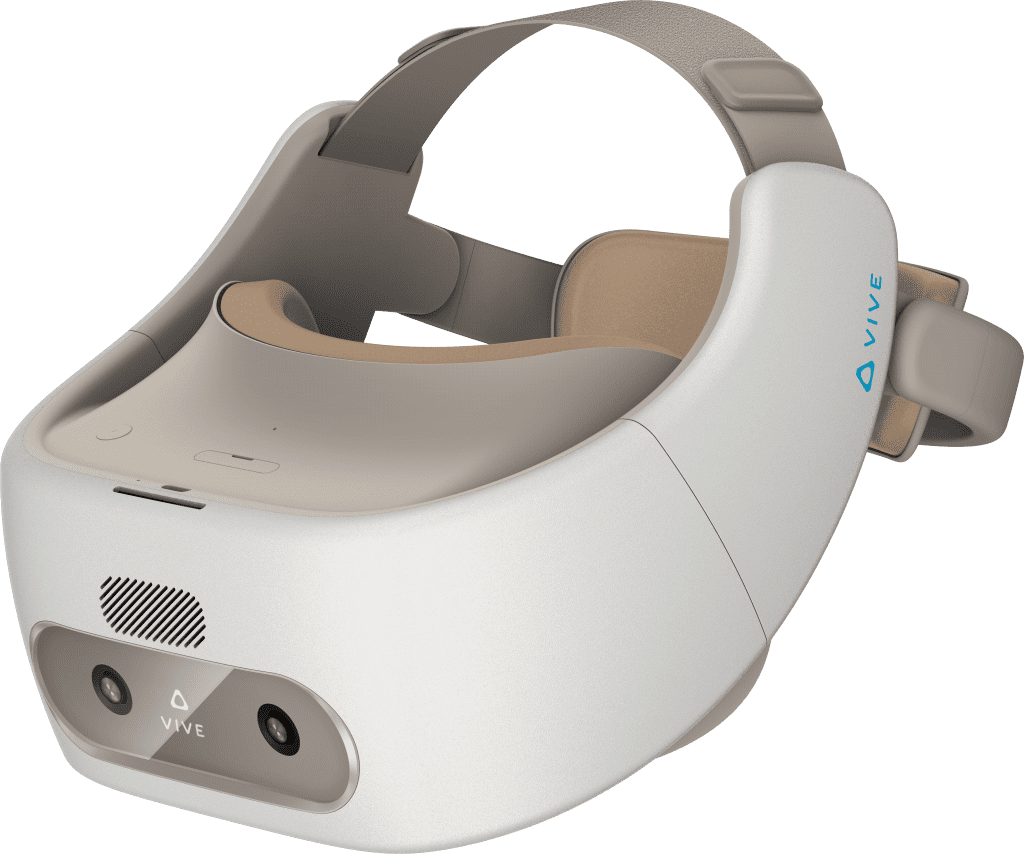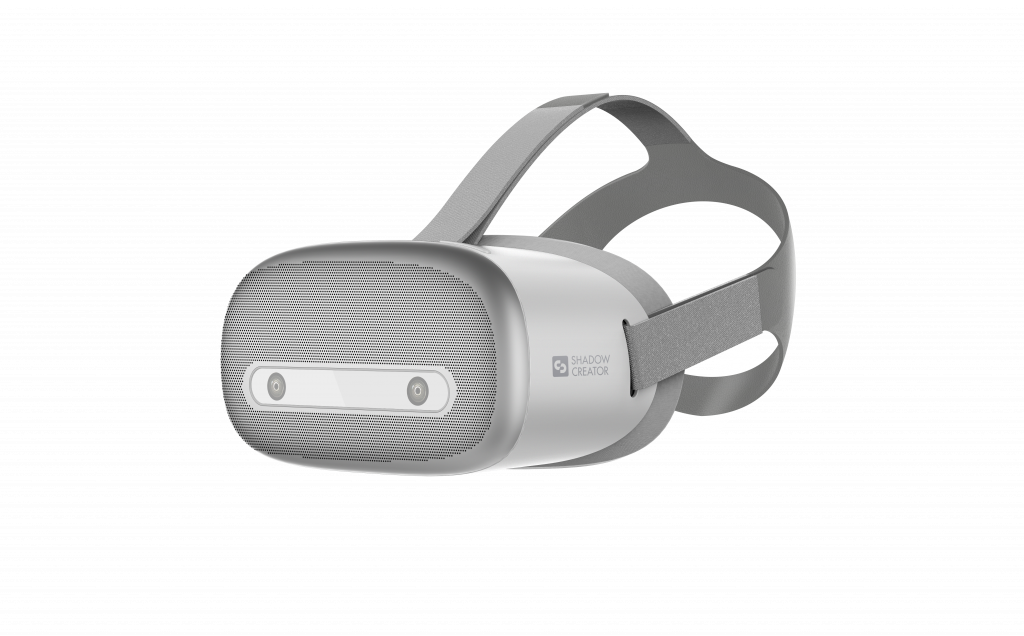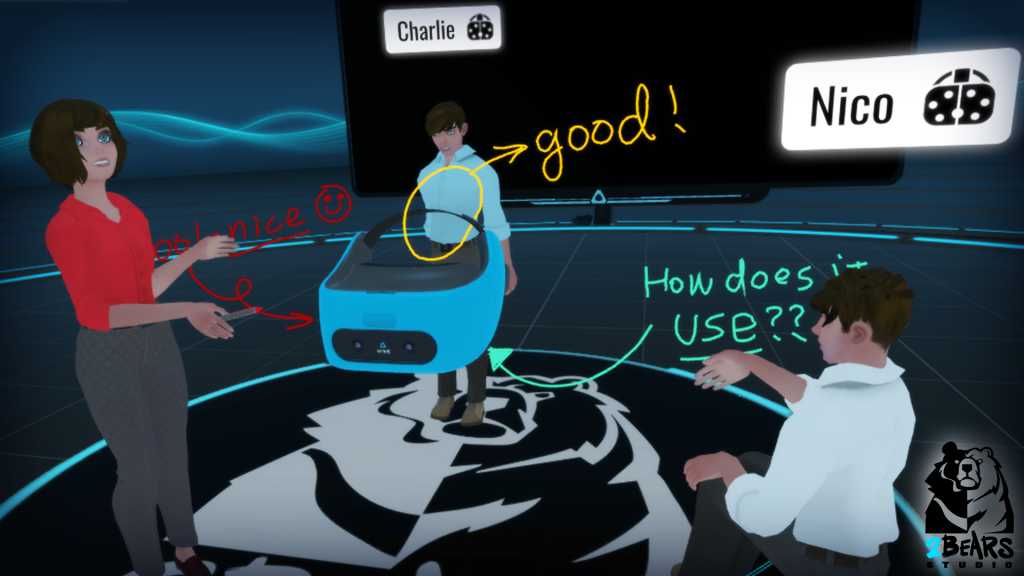Reading Time: 11 minutes
Start VR are attempting to push the narrative envelope with AWAKE, an ambitious cinematic mystery which takes you inside a man’s dreams – and that’s only the beginning. We spoke with Martin Taylor, Chief Creative Officer at Start VR and creator of AWAKE, about this not-to-be-missed VR experience.
Interview by Nathan Ortega, Viveport Staff
[youtube https://www.youtube.com/watch?v=MPsCIbETmOs?feature=oembed&wmode=opaque&w=730&h=411]
Hello Martin! To start, please tell us about yourself and the team at Start VR.
Start VR is a dedicated content studio born out of a collective desire to create truly stand-out work in the immersive media space. We make the kinds of immersive experiences we want to have ourselves and help to advance the medium wherever possible.
Our core team is made up of filmmakers, designers and developers that have all been in our respective industries for many years. VR and AR represent new challenges and opportunity to reset the bar higher than ever.
My background is as a filmmaker, creating work in every genre, but over the last eight years, I was having an increasing amount of ideas that seemed to have no home. When VR was ‘reborn’ in 2012, it was a big lightbulb moment and I knew I had discovered my native creative home.
Talk a bit about your previous experience developing content for VR, and how it informed your vision for AWAKE.
As a team, we squarely aim at ‘learning by doing’ and in this we are prolific, with over 120 VR projects completed in three years.
My role in the business as Chief Creative Officer, is to innovate new content and to write and direct our flagship projects. The experience we bring to AWAKE is the convergence of team experience in our projects and processes, but also lots of side-projects. By trialling R&D experiments to test new and emerging techniques, we can use these to ‘think into’ and write stories around them.
In the case of AWAKE, photo-realistic room-scale VR and volumetric performance capture were the two biggest leaps forward for us, and like in everything we do, we wanted to see how we could push it.

What were some of the biggest inspirations on the creative direction of AWAKE?
For me, AWAKE is the collection of a lifetime of interests in dreams and creative references from my favourite films, games, books and art. But there is definitely a collective theme, which is ‘the perception of reality’. I have been having lucid dreams and out of body experiences since I was very young and so my creative drive has developed to try and share some of the adventures I have had. The singular vehicle for creative expression didn’t really exist for me until VR came along. But then it did and here we are. There’s so much more to come…
Over the years I have extensively researched the subject of consciousness sciences, expanded awareness, psychology and semiotics. But also collected countless testimonials of similar and different experiences trying to find where my own experiences fit in.
The creative source material for AWAKE is the collection of my own dream and consciousness diaries. And in fact I’m a firm believer that immersive storytelling is much more akin to dream narrative and navigation that screen grammar. In AWAKE, I am trialling these new rules and techniques.

On a stylistic and thematic front though, I am fascinated with doorways and windows connecting reality with elsewhere, stories that start in the mundane and transport characters to fantastical places.
Authors like Clive Barker with Weaveworld and Hellraiser have been a huge influence. But I also collect accounts of ‘channelled material’ transcribed from visiting entities though psychic mediums.
Of course there is The Matrix and Inception, which are groundbreaking action classics that explore layers of reality. Visually Doctor Strange was a recent addition that attempted this, with mixed results. And there are esoteric masterpieces like Terence Mallick’s Tree of Life, the 2002 remake of Solaris, and the mind expanding Kaufman script for Eternal Sunshine of a Spotless Mind along with the popcorn future vision of Tomorrowland.
But there are also films where concept is equally matched with memorable characters, finding the world challenging to their new-found enlightenment; a plight felt by Harry in this VR story project. A great example is Richard Dreyfuss’ character Roy in Close Encounters of the Third Kind – obsessed with mashed potatoes trying to communicate an unseen vision from alien beings.
AWAKE is an immersive interactive narrative that puts players into the world of a man stuck in a prison of his own mind, haunted by mistakes of the past, and tormented by an ominous unknown force. Was this concept of memories and the impact they have on the human heart something you wanted to explore from the start, or did that come about during the development process?
These ideas have been honed over some time, long before the development process. I wanted to write a character that has to fully break before being able to move on and heal. But I also wanted to explore the idea of memories of the past become overlapping with the present and even the future.
AWAKE stars Jake McDorman (American Sniper, Limitless, Die Hard 4.0), Analeigh Tipton (Crazy, Stupid, Love, Warm Bodies) and Nicolas Hope. Tell us a bit about what the process was like working with this cast to deliver such authentic human performances in an immersive new way in VR?
I cannot stress too much how incredible the experience was working alongside these incredible actors sharing their craft.
I really wanted the actors to feel inspired and comfortable enough to play and explore, especially as all their parts were to be shot against greenscreen. And also to leave enough collaborative room in the story beats and dialogue for the actors to make it their own. And that’s exactly what happened and I’m thrilled at the result.
We spent days in script sessions and rehearsals with Jake and Analeigh who were relentless in their rigor, tracking the logic and choices for their characters. But they were also trusting in my vision for some of the esoteric and often ambiguous concepts that frame their performances.
When we got to shoot I felt it important to share the emotional colour of AWAKE. All my projects start with music (I find a piece and write the script and all creative development to it) and so I edited the cinematic title sequence music with audio quotes from Alan Watts, which we played on set for the first shot.

This was for the title sequence – a video insert where they improvise Harry feeling frightened, alone and isolated and Rose to calms him. A loose brief turns a situation around, from a fight to a fluid dance. It worked a treat and set the tone for the rest of the shoot, because all the lofty reality bending, dream memory themes in the world cannot replace a stunning grounded performance. But the moment caught everyone off guard as it was so genuine and emotional. I felt really excited that we had cast the perfect actors for these characters and that continued through the whole shoot. I’ll never forget it.
In Seattle where we shot the Volumetric Video performance capture, there was a lot of technical consideration but the performance collaboration continued with Jake and Analeigh, often fine tuning lines and actions between shots to make them stronger and more believable.
And absolutely not forgetting Nicolas Hope, who is just a seasoned true pro! His role was off camera voice work but he had to communicate a subtle and simmering ambiguity of helpful and sinister tones. But he truly nailed the essence in a day, which rounded out the incredible performances we ended up with as part of AWAKE.
Were there any concepts, sequences or ideas that you wanted to work into AWAKE but just couldn’t find a way to make it fit so far?
As a core story, I’m happy to say that our small but talented team managed to pull off most of the never-before-done concepts and techniques planned for AWAKE. It’s so dense with implementations that push the game engine in ways it’s not normally meant to operate, but all to serve this pretty out-there story. And we did that for sure.
But yes, there are things that we had to sacrifice, not because we can’t do it, but due to scope and budget.
We had to drop a key transition sequence between the titles and the first dream memory. It’s a moment of limbo, where you see sleeping Harry in his chair and a frozen version of dreaming Harry reaching for an item on the mantelpiece in front of the mirror. I had planned to pull off a scene-switch, using a very special technique that happens in Lucid Dreams. I don’t want to spoil it as I still want to bring it back! But needless to say the R&D curve was going to eat into too much of the project timeline….. For now 😉
The other thing I really want to get around to, is more interactivity and special unlocked treats for multiple play-throughs. These would reveal new insights in the storyworld and character back stories, of which is very thoroughly mapped out.

What have been some of the biggest challenges in developing an emotionally engaging cinematic VR experience like AWAKE?
A lot my energy has been working with the team to find just the right balance of character story vs high concept dream world narrative. I’m happy for the audience to be filled with questions at the end of AWAKE as to what it means. I have answers to all of that.
But to pull it off, it needs to be grounded with a simple character story and a clear emotional arc. Making sure we kept all the touch points in tact was critical and also very challenging, especially in the middle of post-production / app development when you ‘can’t see the art for the effort’ as Spielberg once said.
The other challenging part of it is the nature of immersive media in general over other forms of media. A lot of the techniques I have trialled in AWAKE have been taken on trust from my own dream life experiences.
One example is that I wanted the audience to attach to the story by fluidly switching perspectives between each of the characters, and even sometimes experience the story from multiple perspectives. This happens all the time in dreams.
On paper in the script, this read as pretty confusing for anyone who is not in my head and there was a lot of hot debate on needing some kind of UI to indicate who you’re supposed to be at any given time.
But I’m glad to say the theory seems to work in practice. After all, everyone dreams and experience these strange perspectives (even if they don’t remember) and so the result feels pretty natural and weird dream logic kind of way. All very unique to immersive stories!

How many people were on the team throughout the development of Episode One of AWAKE? How long did it take to make?
The team has swelled and shrunk at various stages of AWAKE, with a core team here at Start VR of around six and getting up to 20+ for the Volumetric video shoot component. But we have had teams of partners in Animal Logic and Microsoft who threw their might at it when needed for select periods of time. And we also have also had the pleasure of working with some incredibly talented collaborators in the writing, and development of this project.
The storyworld of AWAKE was slowly pieced together over eight years in my spare time, but this includes the multi-episodic idea. Episode One has been is full development for close to two years, with dedicated production around fourteen months.
A long journey but totally worth it and so excited to now share it with everyone out there!
AWAKE is an episodic series. What inspired you and the team to develop the series that way, and how many episodes are planned?
AWAKE was always designed to be a standalone story as part of an evolving anthology of eight episodes in total. It’s a series following seven human characters and a non-physical character known as the ‘Envoy’ who is delivering messages to each of the characters in the these stories.
The series broadly explores facets of the perception of reality and the development of human consciousness, but all very grounded in these human struggles. Apart from Episode eight, which has a very special surprise 😉

Tell us a bit about your thoughts regarding the nature of episodic entertainment and its potential with innovative technology like AR?
There is a lot of chatter about the chicken / egg relationship between releasing episodic series ideas vs having an audience large and with the hardware, to invest time into in-depth narratives and characters.
And it’s true, viewing patterns are not going to be the same as screen based media, but we are trying to not get bogged down with second-guessing. We think that great stories are great stories and if you don’t try to push the medium to engage audiences with depth and respect then we won’t find out for ourselves.
At the end of the day, we just really want to share these experiences and story Universes with people.
And with VR/AR/MR/XR – all the ‘R’s. I see no difference. They are all part of the experience spectrum. You’re either stepping through the screen into an encompassing storyworld, or you’re pulling parts of that story out into the world around you.
Telling stories in VR, AR or on-screen will become more and more connected and planned in concert, which is what I have been waiting for, for so long!!

What do you ultimately want players to take away from their time with AWAKE?
The single biggest thing I want for people going through AWAKE is to experience something they may not have had in VR before. And we have worked hard to deliver something that is genuinely emotional, something I always want in VR pieces but rarely find.
I want the audience to feel they have resolution and character satisfaction, but also questions around why the dream world of AWAKE exists, and what is behind some of the more cryptic elements of the film. Some of those answers can be found in re-watching with a new perspective, but some are left open-ended discussion, for now… don’t want to ruin all the surprises.
What’s next for Start VR?
We are looking to package up the next three episodes of AWAKE, to roll out the story up to an incredible mid-season cliffhanger and to benefit from the advanced pipeline we have established with volumetric performance capture.
All the lessons we have learned are being passed into our other projects for ourselves and for our clients.
We’ll continue to innovate in the VR space, but we are also pushing into head-mounted MR with Magic Leap, which is showing enormous promise for delivering on the next level our content journey.
Thanks for speaking to us about AWAKE, Martin.
AWAKE is available now on Viveport.
Website: LINK

